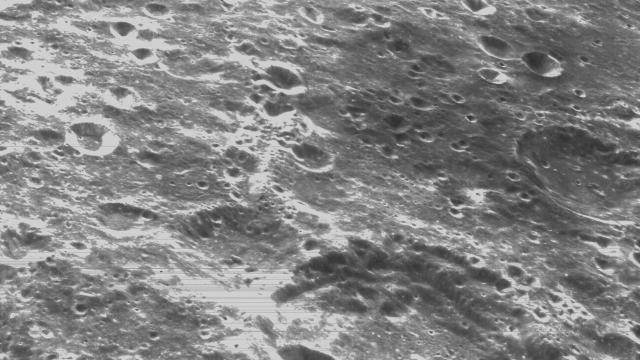The Moon is a cold, dead, and desolate place, as these new images, captured by NASA’s Orion, attest.
This past Monday, the uncrewed Artemis 1 capsule performed the first of two course correction manoeuvres required for entry into a distant retrograde orbit. It was during this course correction that Orion performed its closest approach to the Moon, coming to within 130 kilometres of the lunar surface. Naturally, NASA took the opportunity to snap a bunch of cool photos, which the space agency released yesterday.
Bumpy limb

The images were taken during the sixth day of the Artemis 1 mission, an uncrewed demonstration of NASA’s Orion capsule.
Lunar topology
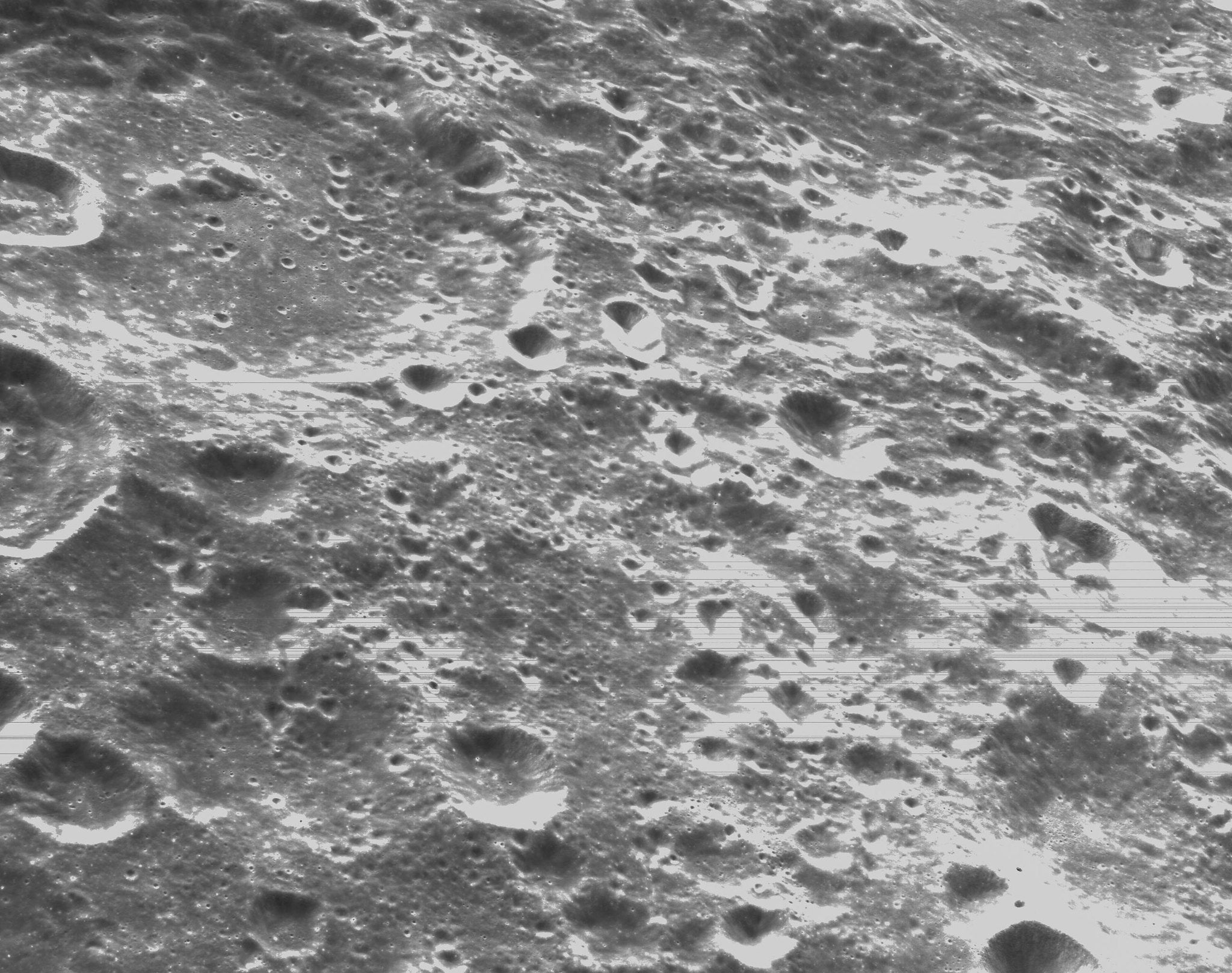
The gigantic new Space Launch System (SLS) rocket blasted off from Kennedy Space Centre on November 16, sending Orion on its 25.5-day journey to the Moon and back.
More on this story: NASA Downplays Launch Pad Damage Caused by SLS Rocket
Craters within craters within craters
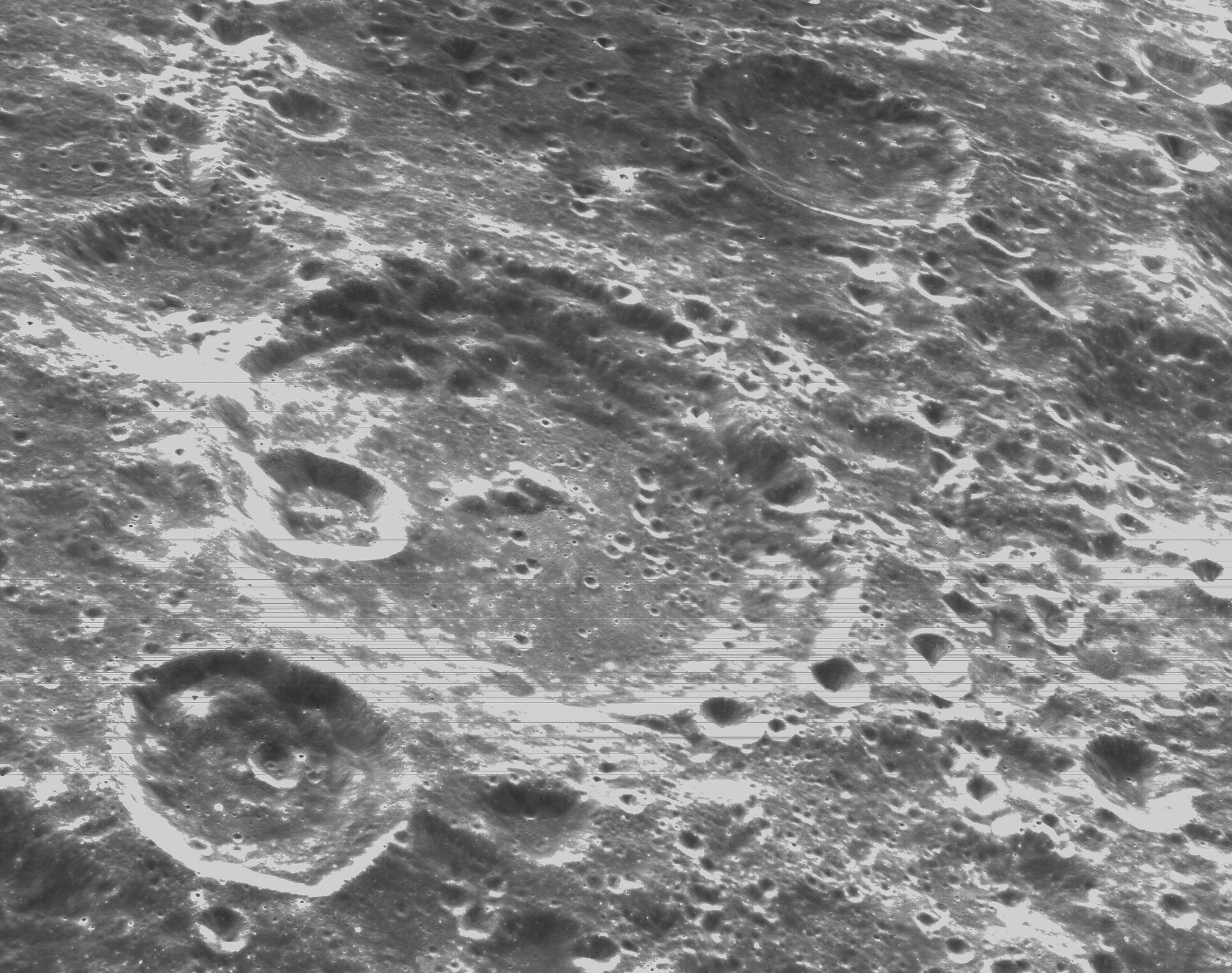
Orion used its onboard optical navigation camera to capture the greyscale images of the Moon, showing our natural satellite’s most prominent feature — its extensive collection of craters. Indeed, it’s craters for miles, with the images even showing craters within craters within craters.
One of 16 cameras
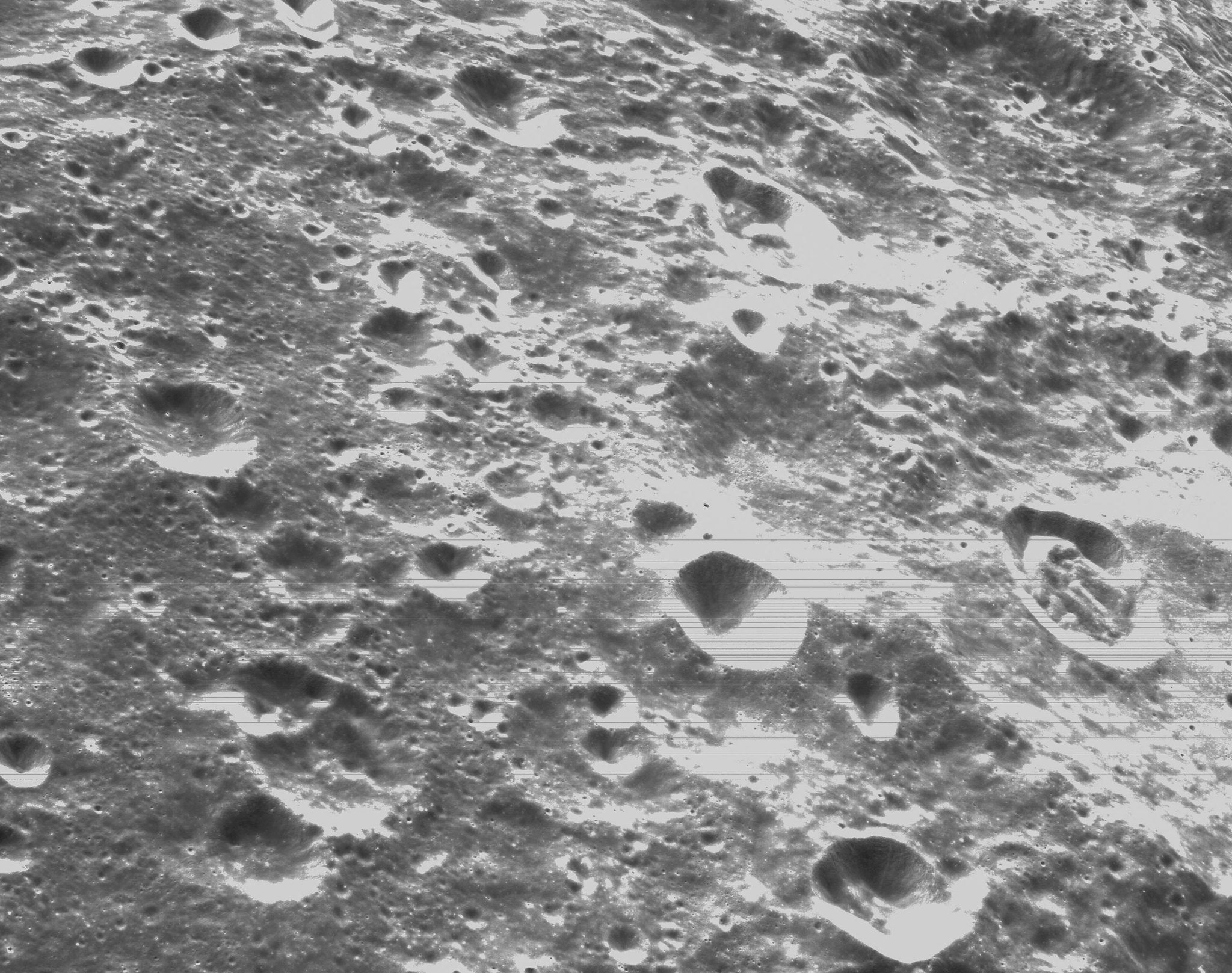
Orion’s optical navigation camera is one of 16 on board the spacecraft. In addition to taking images, the camera assists Orion with navigation, and it does so by capturing images of the Earth and Moon and various phases and distances. And as NASA points out, the images taken by the optical navigation camera will provide an “enhanced body of data to certify its effectiveness under different lighting conditions as a way to help orient the spacecraft on future missions with crew.”
A surface 4 billion years in the making
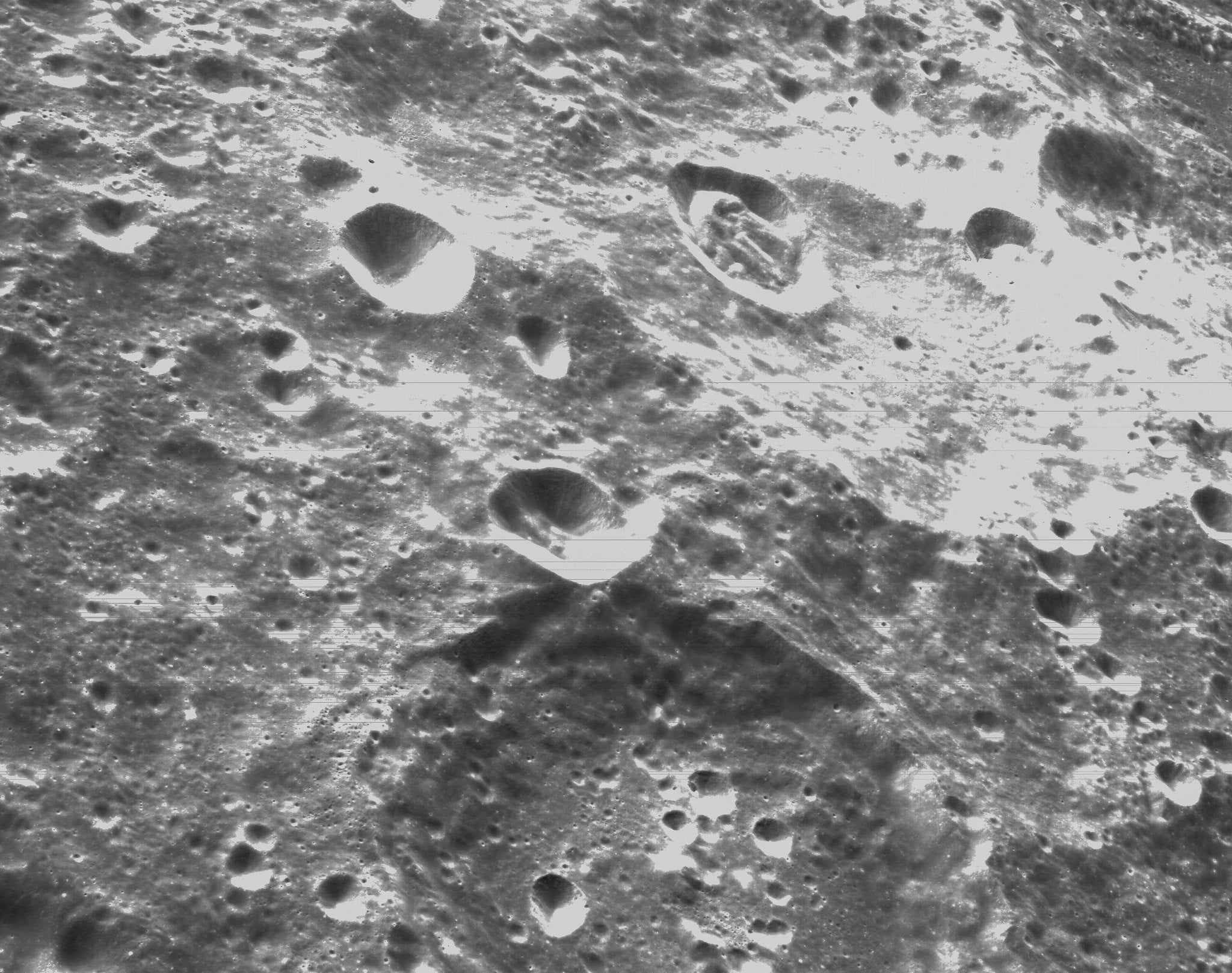
The Moon formed over 4 billion years ago, likely the result of a Mars-sized object colliding with Earth. Our natural satellite has no atmosphere to speak of, and with minimal surface activity, the Moon simply collects craters over time. Researchers estimate that roughly 225 new impact craters appear every seven years or so.
Back to the Moon

Through its ambitious Artemis program, NASA is seeking to return humans to the Moon, but in a sustainable and prolonged manner. The ongoing Artemis 1 mission is meant to set the stage for Artemis 2, a repeat mission but with compliment of astronauts riding aboard Orion. This sequel mission is currently for 2024.
A wave to Apollo
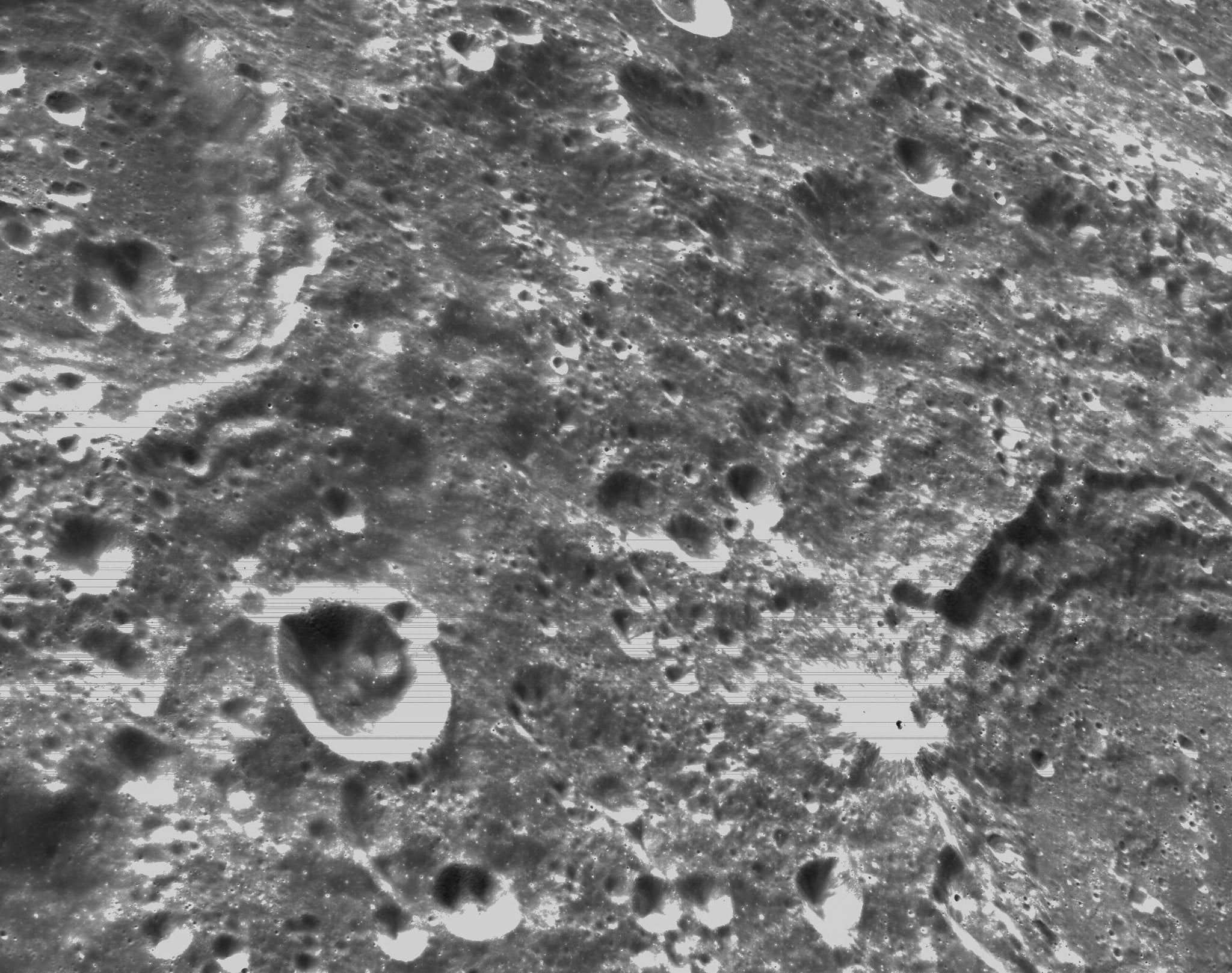
Upon completing its outbound flyby burn, Orion passed roughly 2,200 km above the Apollo 11 landing site at Tranquility Base. It then travelled over the Apollo 14 site at around 9,700 km in altitude, followed by a trip above the Apollo 12 site at a height of around 12,400 km, according to NASA.
Destination: Distant retrograde orbit
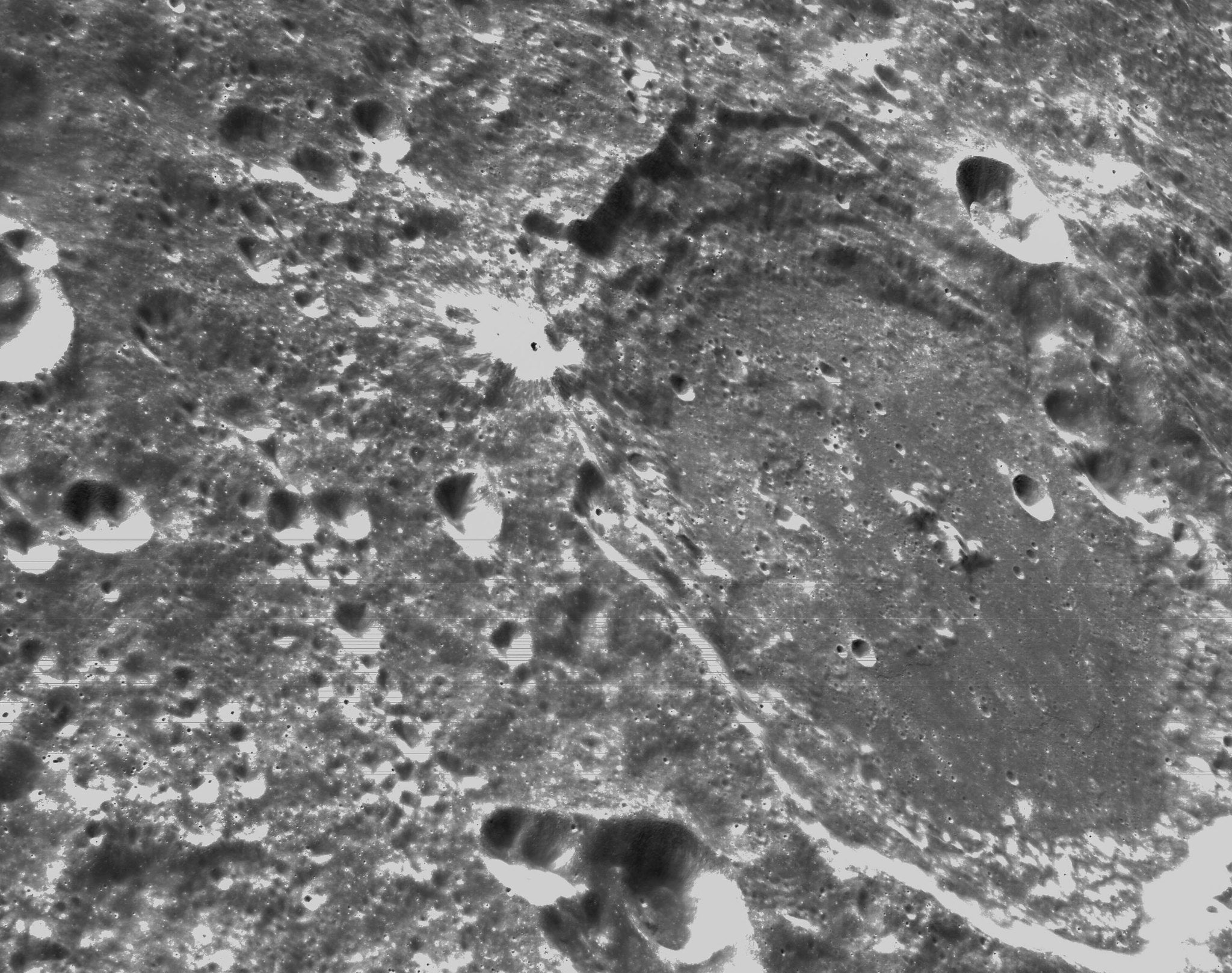
Orion is currently en route to a distant retrograde orbit (DRO) around the Moon. Spacecraft in this highly stable orbit travel very far from the lunar surface at their most distant points and they travel around the Moon opposite to the direction the Moon orbits Earth (i.e. a retrograde orbit).
Outbound speedster

Orion still needs to perform a second course correction manoeuvre, which it will attempt on Saturday, November 26 at 8:52 a.m. AEDT. This burn will move Orion into distant retrograde orbit, where it will stay for about one week. The spacecraft is currently travelling at an abound trajectory at speeds reaching reaching 8,211 km/hr.
Here for a good time, not a long time

Orion is scheduled to depart the lunar environment on December 1 and return to Earth on December 11.
We’ll be back
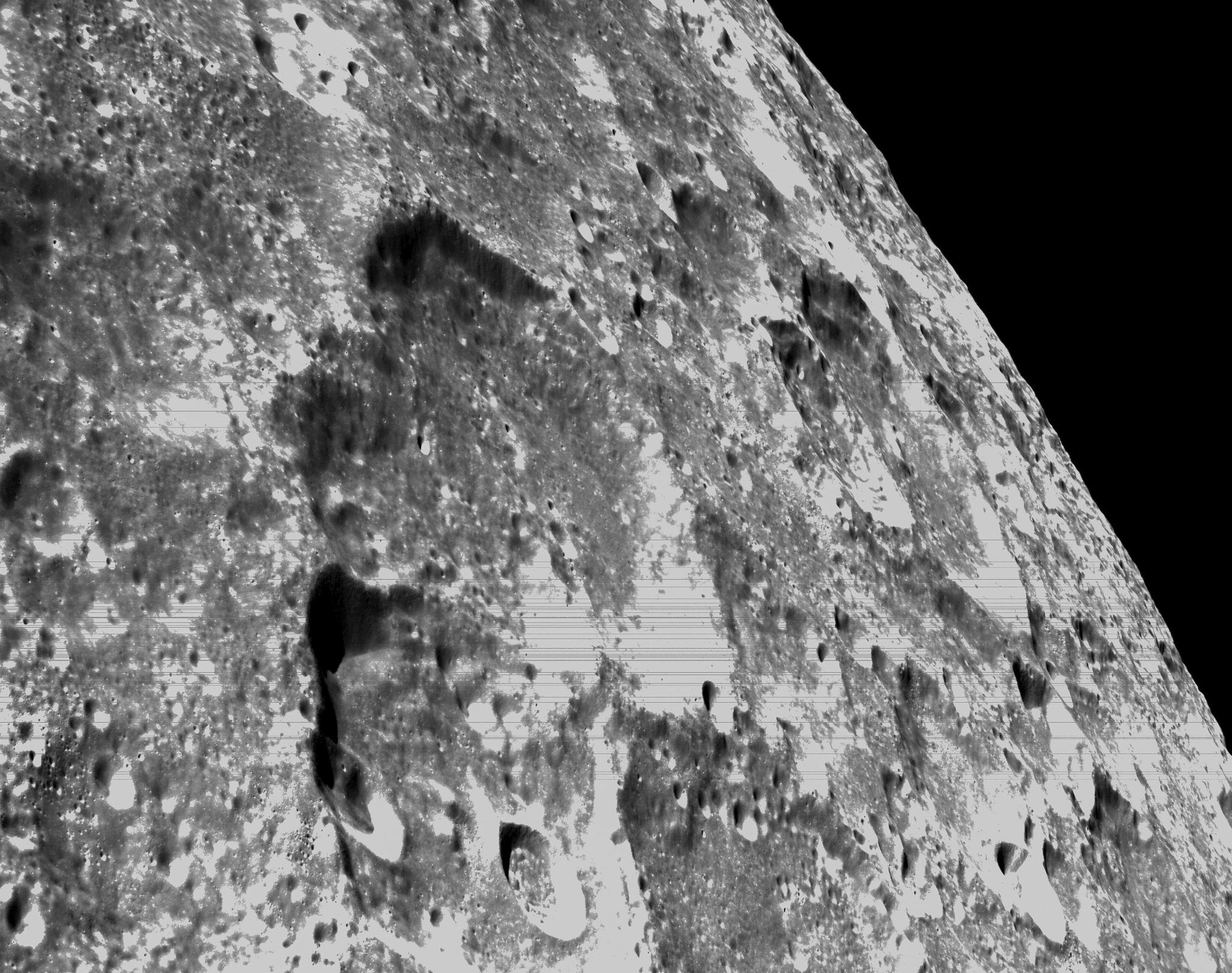
The first two Artemis missions are a precursor to Artemis 3, in which NASA will attempt to land a man and a woman on the lunar surface. The mission is currently slated for 2025, but it likely won’t happen until 2026 or even later.
